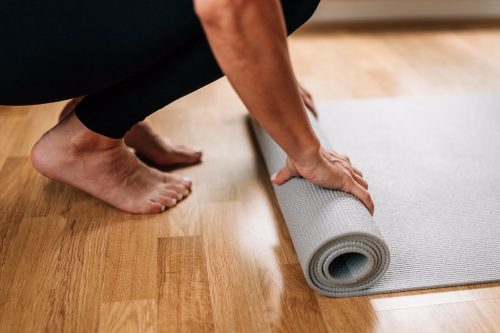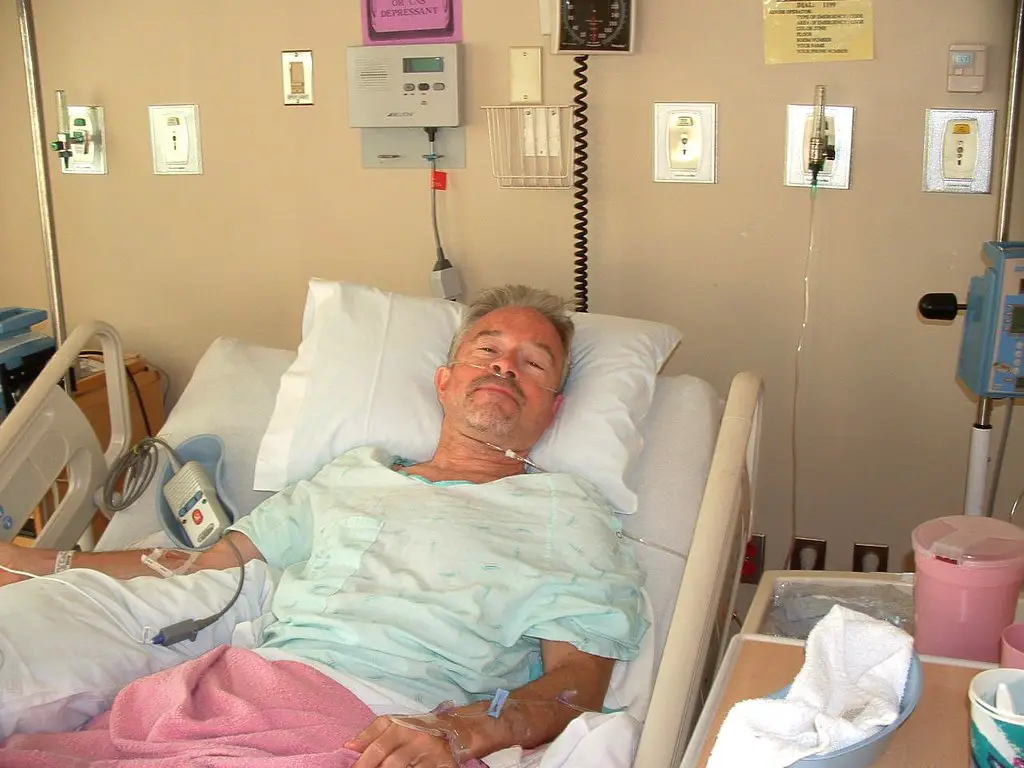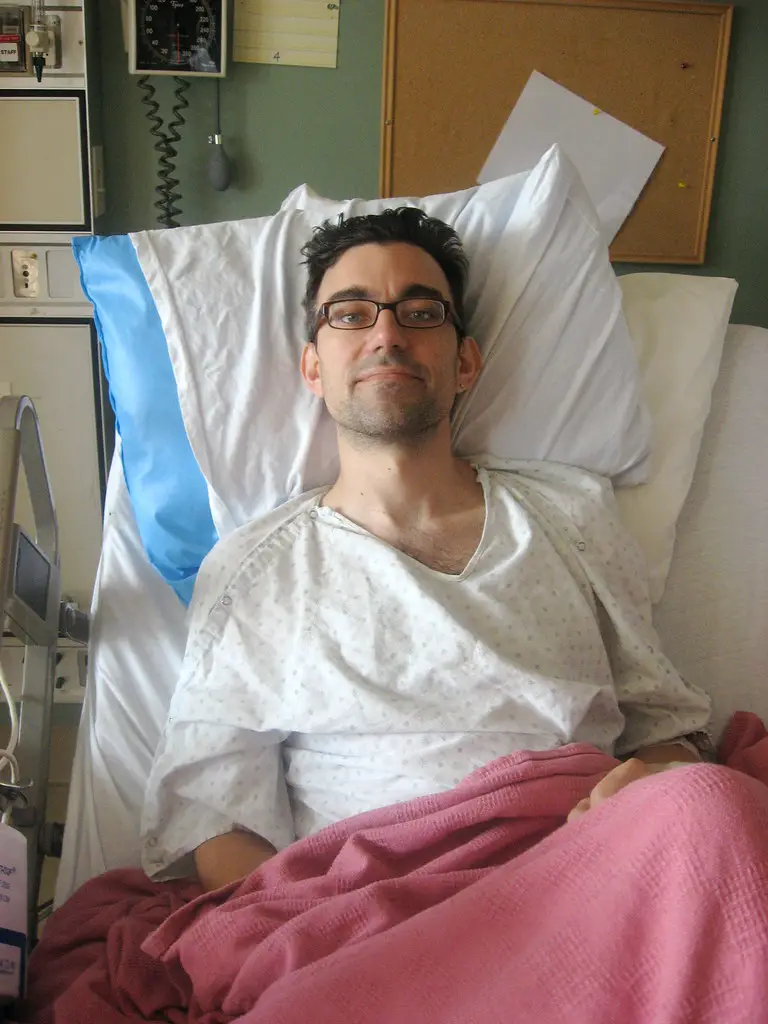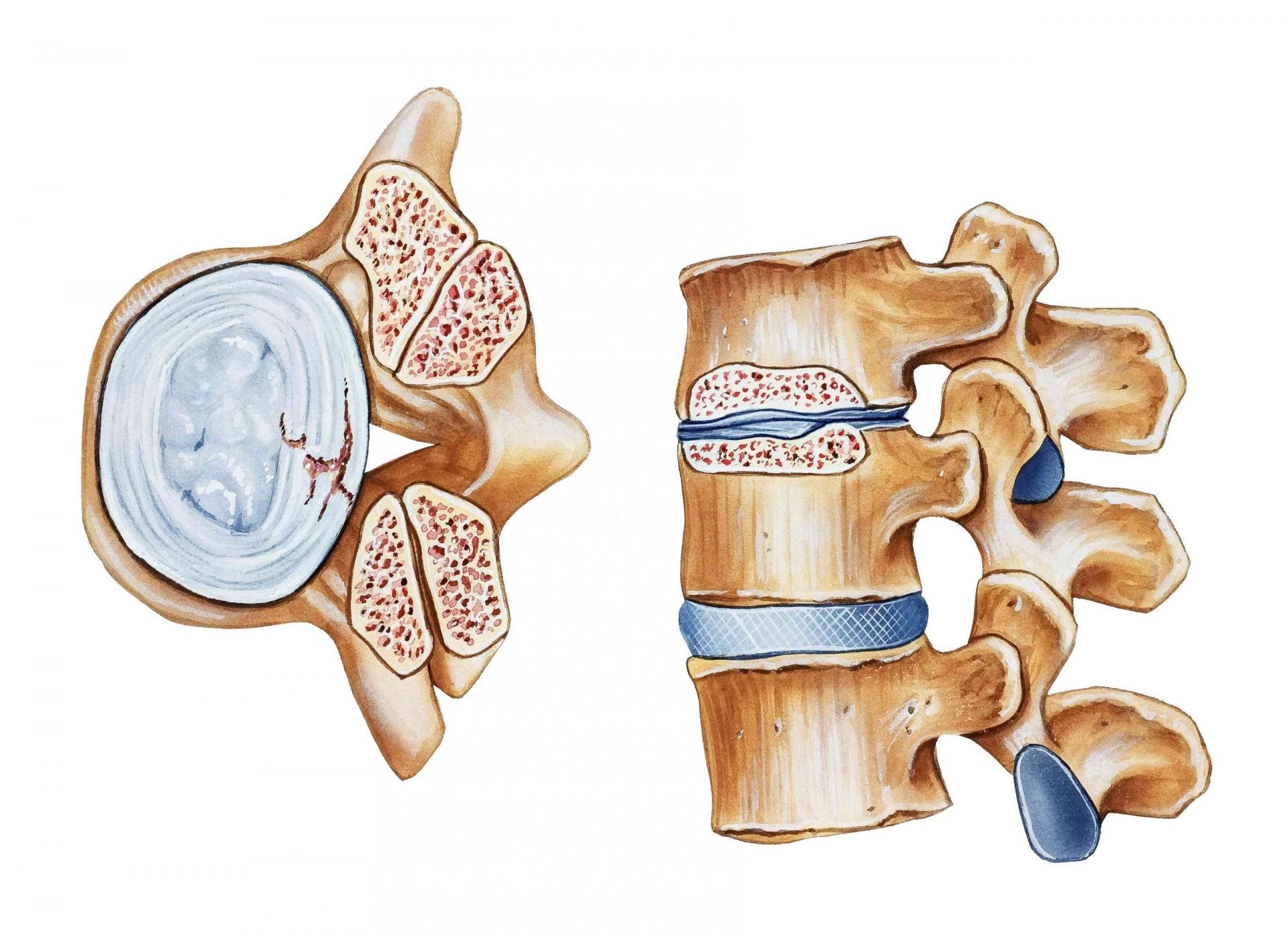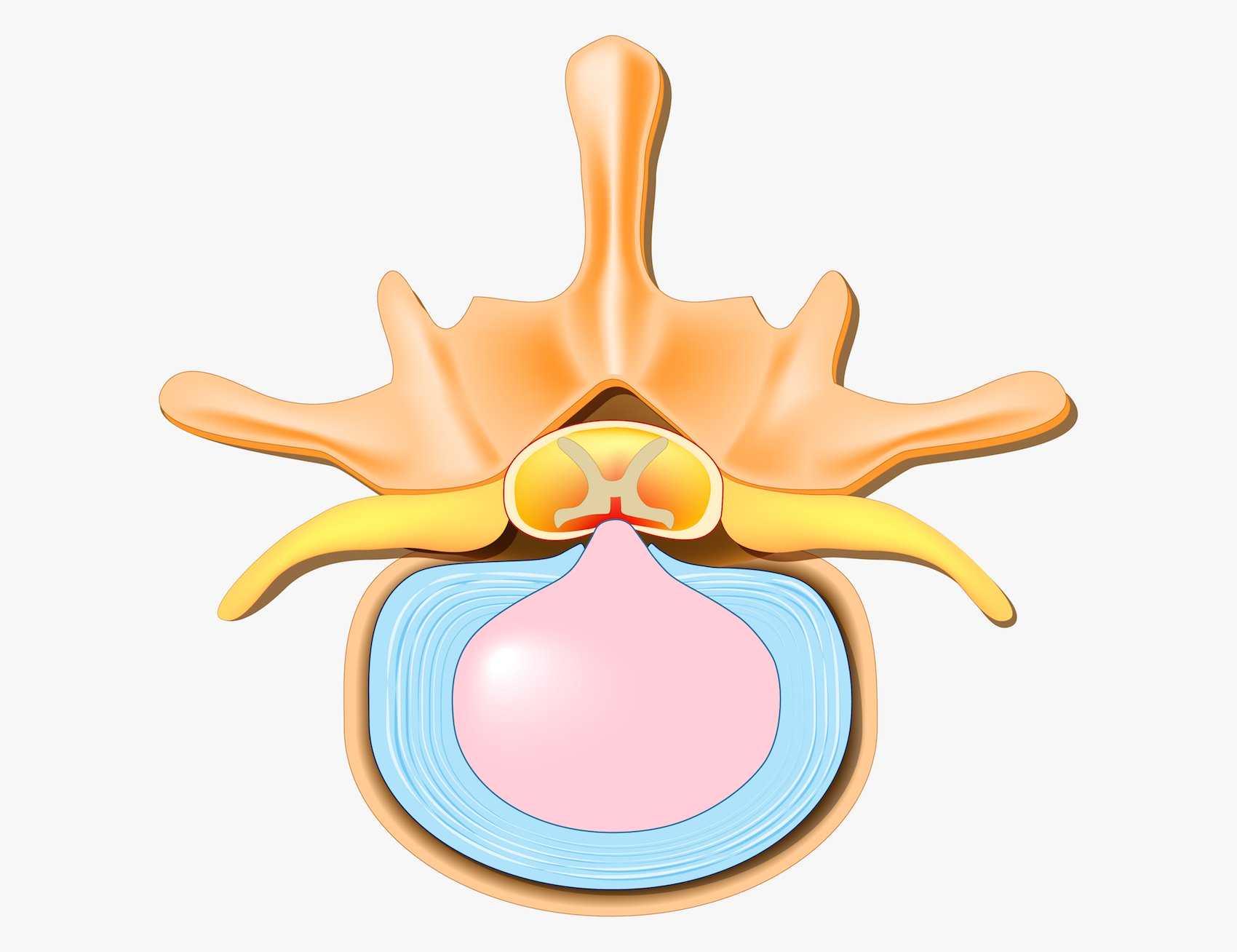If you are one of the many people who suffer from lower back pain, you may have been told that the physiotherapy (physiotherapy) could help you.
Indeed, a narrow lumbar canal can cause discomfort and pain. In this article, we'll look at what physical exercises you can do to relieve your symptoms and improve your quality of life.
Lumbar Spine Anatomy
La lumbar spine is composed of five vertebrae, which are the bones that make up the spine. These vertebrae are numbered from top to bottom, the first vertebrate located at the bottom of the spine.
The fifth vertebra is the tallest vertebra in the lumbar spine and is also known as the L5 vertebra. The lumbar spine begins at the level of the fifth lumbar vertebra and extends to the sacrum, which is a bone located at the base of the spine.
La lumbar spine features a natural curvature, which helps distribute weight evenly and helps absorb shock. The discs located between the vertebrae act as cushions and allow movements such as bending and twisting.
La spinal cord crosses the spine and provides communication between the brain and the body. Nerves branching from the spinal cord innervate all parts of the body below the level of injury.
Definition of narrow lumbar canal
La lumbar region (lower back) of the spine is made up of five bones, or vertebrae, stacked on top of each other. These bones are connected by strong tendons and ligaments, and between each vertebra is a gelatinous disc that acts as a shock absorber.
La spinal cord passes through a canal located in the center of the vertebrae, and this opening is called the spinal canal. The spinal canal has an opening at the bottom where nerves can exit the spinal cord and travel to other parts of the body.
When this opening narrows, it is called a narrow lumbar canal.
This condition can be caused by many factors, including disc problems, arthritis or bone spurs. A narrow spinal canal can cause pain, numbness, or weakness in the legs.
Treatment depends on the cause of the narrowing, but may include pain medication, physical therapy, or surgery.
Causes and symptoms
Le lumbar canal diameter may vary from person to person, but is usually around 1 inch. A narrowing of this channel is known as a stenosis, and it can occur due to a number of different causes.
One of the common causes of narrowing of the lumbar canal is the degenerative disc disease. This condition occurs when the discs that cushion the vertebrae begin to deteriorate, which can cause the vertebrae to rub against each other.
This friction can cause the canal to narrow. Another common cause of stenosis is spondylolisthesis, which is a condition in which one of the vertebrae slips out of place. It can also lead to a narrowing of the lumbar canal.
Symptoms of narrow spinal canal include pain and numbness in the legs and buttocks, as well as weakness in the legs. These symptoms usually worsen with activity and improve with rest. In severe cases, the stenosis can lead to paralysis of the legs.
Diagnosis and treatment
Spinal stenosis is diagnosed through a combination of physical exams, imaging tests, and nerve function studies. The physical exam can help your doctor rule out other causes of your symptoms, such as herniated disc or hip problems.
Imaging tests, such as x-rays, CT scans or IRM, can provide more information about the structure of your spine and show if there is narrowing of the spinal canal.
Nerve function studies, such as electromyography (EMG) or nerve conduction studies, can help assess whether nerves are being compressed by narrowing of the spinal canal.
The role of physiotherapy in the narrow lumbar canal
La physiotherapy (physiotherapy) is often recommended to treat a narrow spinal canal.
The goal of physical therapy is to relieve pain and improve functioning. Techniques used include stretching, strengthening, hot and cold therapy, electrical stimulation and massage.
Physical treatment can help reduce inflammation and swelling in the area, while improving range of motion and flexibility. Also, exercise can help rehabilitate muscles that have become weak or tight due to narrowing of the spinal canal.
Therefore, physical treatment can play an important role in managing symptoms and improving the quality of life for people with narrow spinal canal.
What is the goal ?
The objective of the physiotherapy is to improve the functioning of the affected area and relieve pain. Physiotherapy can help improve range of motion, flexibility and strength.
It can also help reduce inflammation and improve blood circulation. In some cases, the physiotherapy (physiotherapy) may even be able to reverse the effects of the stricture and avoid surgery.
For those who need to undergo surgery, the physiotherapy can be an essential part of postoperative rehabilitation. It can help patients regain their strength and mobility and return to their previous level of functioning.
Exercises prescribed in physiotherapy (examples)
The exercises commonly prescribed in physiotherapy include stretching, range of motion exercises, and strengthening exercises.
The stretching exercises are often used to improve flexibility and relieve muscle tension.
The amplitude exercises of motion help increase the range of motion in joints stiffened by arthritis or other conditions.
Muscle-strengthening exercises help build weak muscles and can be helpful in treating back pain and other conditions.
In addition to these common types of exercises, physiotherapists may also use electrical stimulation, heat therapy, and ultrasound to relieve pain and promote healing.
For specific exercises to relieve symptoms associated with narrow spinal canal, see the following article.
Conclusion
Each case of shrinkage lumbar canal is different, and you should consult with your doctor to develop a personalized approach to treatment.
Your doctor will likely recommend a combination of physical therapy techniques, including stretching, strengthening and range of motion exercises.
Additionally, he may prescribe electrical stimulation, heat therapy, or ultrasound. Following these exercises regularly will help improve your symptoms and your quality of life.

